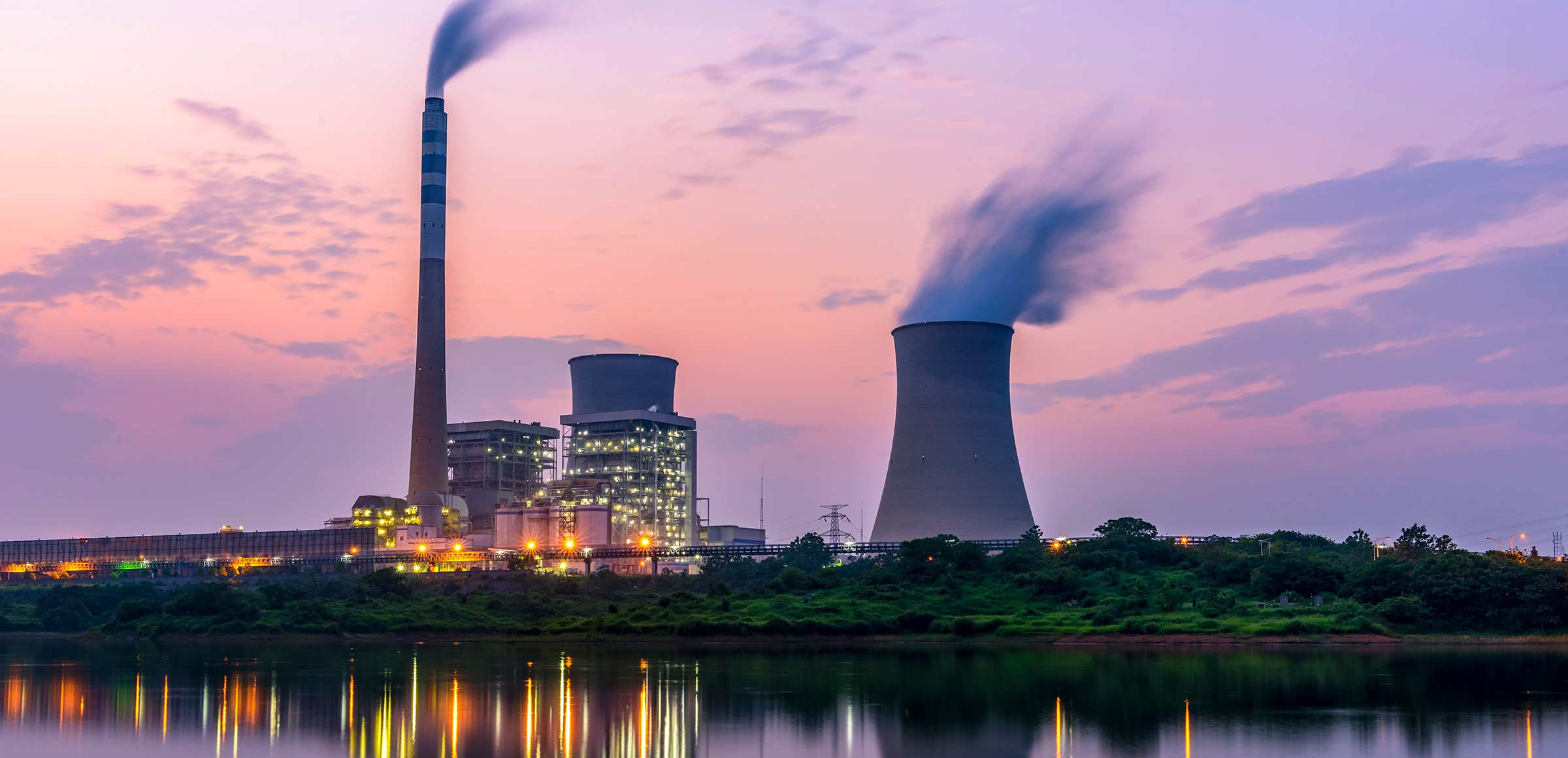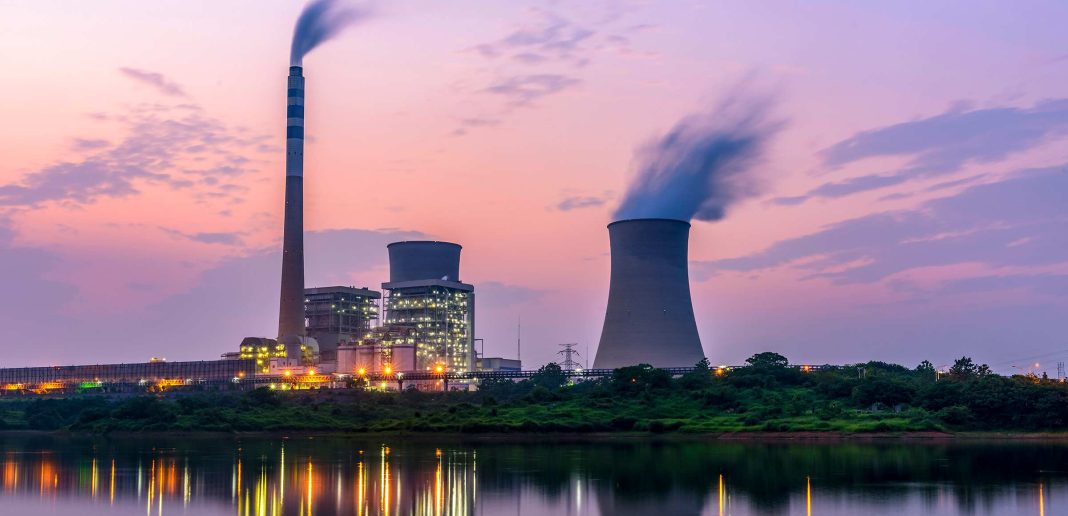 The ongoing debate surrounding Australia’s potential adoption of nuclear energy continues to spark controversy and raise concerns. Agriculture Minister Murray Watt has expressed worry that if the opposition’s nuclear energy policy is implemented, approximately 12,000 farms could fall within a “radiation alert zone.” Watt also highlighted the potential impact on the nation’s water supply, which could pose a threat to farmers.
The ongoing debate surrounding Australia’s potential adoption of nuclear energy continues to spark controversy and raise concerns. Agriculture Minister Murray Watt has expressed worry that if the opposition’s nuclear energy policy is implemented, approximately 12,000 farms could fall within a “radiation alert zone.” Watt also highlighted the potential impact on the nation’s water supply, which could pose a threat to farmers.
Citing research from the parliamentary library, Watt stated that there are nearly 12,000 Australian farms located within an 80-kilometer radius of proposed nuclear reactor sites. In the event of a nuclear leak, farmers would be required to take costly precautions and inform their customers about their proximity to the fallout zone. These safety measures would likely add a significant financial burden to farmers already grappling with various challenges.
The federal opposition party has announced plans to construct seven nuclear reactors across Australia if they win the next election. The proposed sites include the Liddell and Mount Piper power stations in New South Wales, Loy Yang power station in Victoria, the Callide and Tarong power stations in Queensland, Northern Power Station in South Australia, and the Muja Power Station in Western Australia.
One aspect that has not yet been thoroughly considered in the nuclear energy debate is the significant amount of water required for cooling the radioactive cores. Mr. Watt emphasized this concern during a speech at the Global Food Forum, questioning where the additional water needed for the nuclear reactors would come from. This raises valid concerns about the potential strain on water resources, especially considering Australia’s already arid climate and ongoing drought conditions in certain regions.
In response to Watt’s remarks, Leader of the Nationals David Littleproud accused the Labor government’s all-renewables approach of already negatively impacting farmers by depleting water supplies in central Queensland. Littleproud attributed this issue to the cancellation of $7 billion worth of dam projects by the Labor party and changes made to the Murray Darling Basin Plan, which aimed to purchase an additional 450 gigalitres of water from farmers.
The Nationals leader argued that replacing existing coal-fired power plants with nuclear facilities would alleviate the need for extensive new transmission lines, which are currently planned for the transition to net-zero emissions. This, in turn, would reduce the necessity of converting prime agricultural land to host renewable energy projects and accommodate new transmission infrastructure.
Meanwhile, the federal opposition party has emphasized that Australia is the only one among the world’s 20 largest economies that does not utilize nuclear energy or show progress towards adopting it. They argue that relying solely on solar and wind power, as proposed by the Labor party, is not a viable solution. According to the Coalition Shadow Cabinet, 32 countries currently operate zero-emissions nuclear plants, and another 50 countries are considering doing so. They also claim that energy experts estimate the cost of Labor’s renewable energy rollout to be between $1.2 trillion and $1.5 trillion.
Opposition Leader Peter Dutton recently reiterated that the Liberal-National Coalition’s plan involves a combination of nuclear energy, gas, and renewables. He cited the examples of other countries embracing zero-emissions nuclear technology due to its affordability, reliability, and potential to drive economic growth and job creation.
As the debate rages on, it is clear that the decision regarding Australia’s energy future is a complex one with far-reaching implications for farmers, water resources, and the overall economy. Balancing the need for reliable and affordable energy with environmental considerations and the welfare of agricultural communities remains a significant challenge for policymakers.


